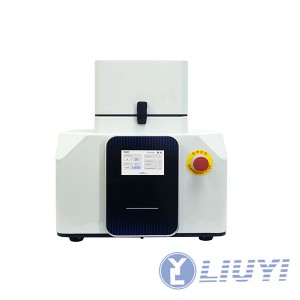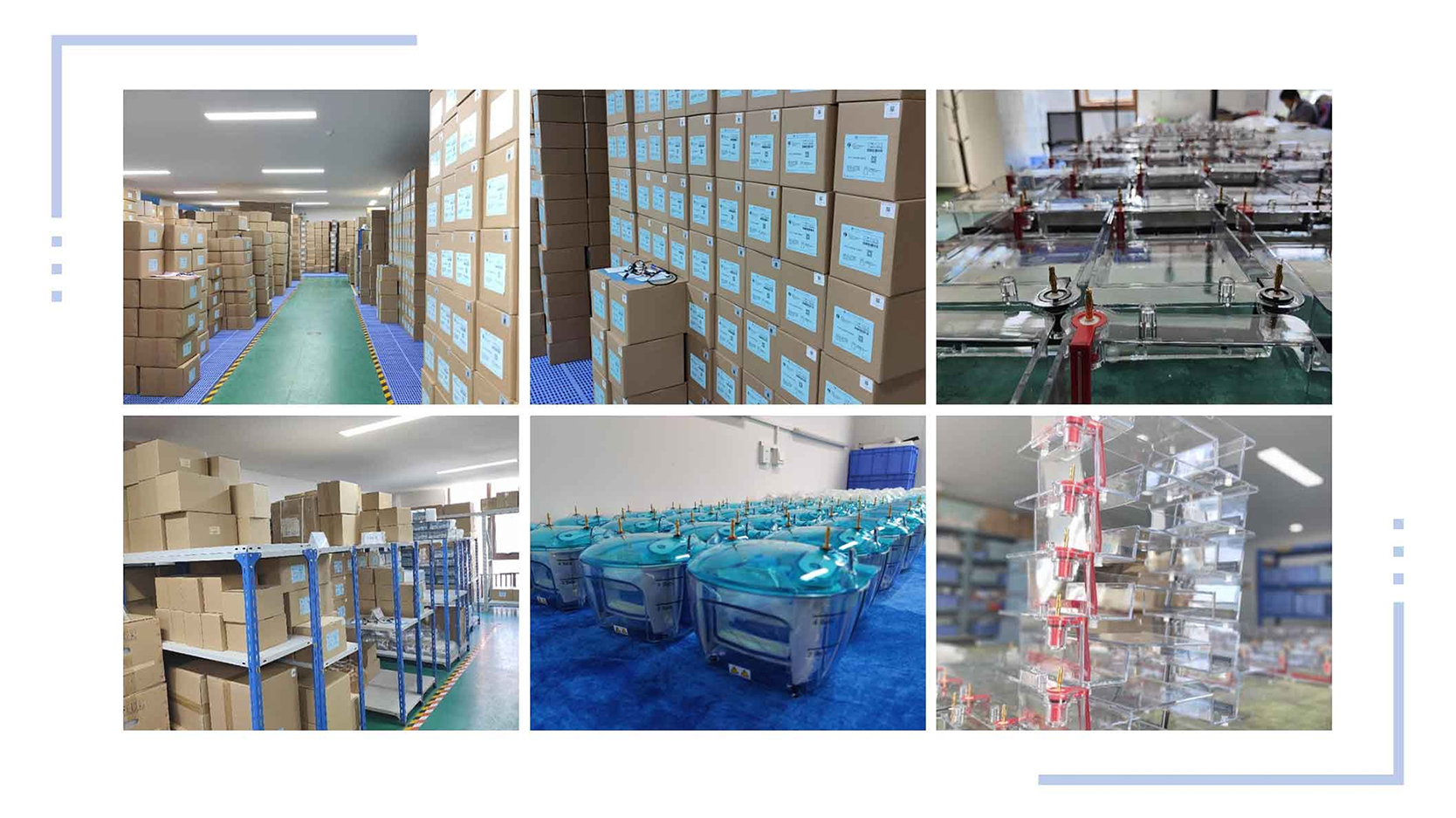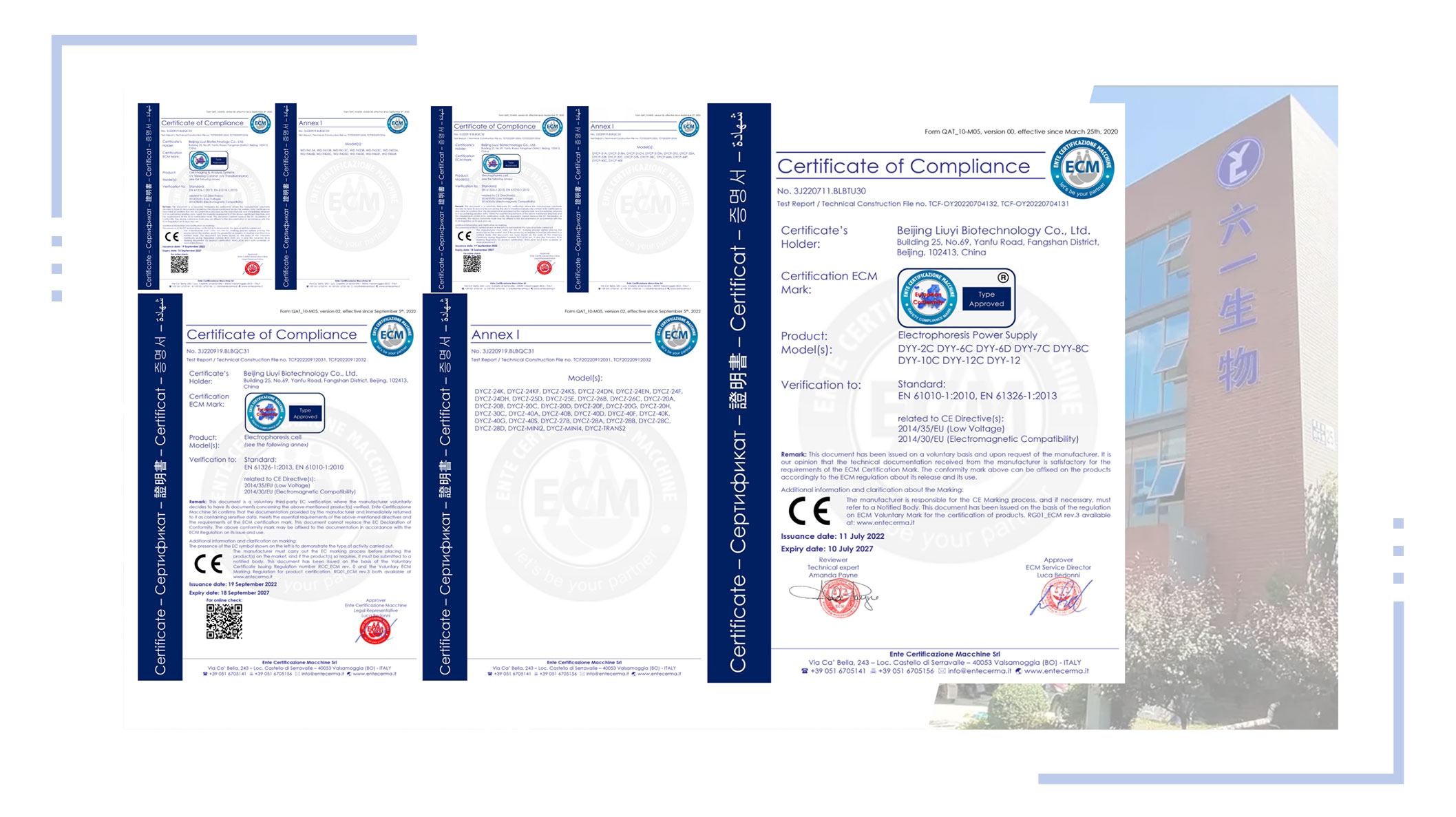High-throughput Homogenizer WD-9419A
Specifications
|
Model |
WD-9419A |
|
Frequency Range |
30HZ-70Hz |
|
Feed size |
According to tube size |
|
Final Fineness |
~5µm |
|
Grinding beads diameter |
0.1-30mm |
|
Noise Level |
<55db |
|
Grinding method |
wet grinding, dry grinding, cold grinding (no refrigerated function) |
|
Grinding beads material |
Alloy steel, chrome steel, zirconia, tungsten carbide, quartz sand |
|
Capacity |
32×2ml/24×2ml/48×2ml/64×2ml 96×2ml/24×5ml/8×15ml/4×25ml//2×50ml |
|
Acceleration Time |
Within 2 sec |
|
Deceleration Time |
Within 2 sec |
|
Tube Holder Materials |
PTFE / Alloy steel / Aluminiun alloy |
|
Safety Guard |
Emergency stop button |
|
Power Supply |
AC100-120V/AC200-240V50/60Hz 450W |
|
Dimensions |
460mm× 410mm× 520mm (W×D×H) |
|
Weight |
52kg |
|
Power Supply |
100-240VAC , 50/60Hz, 600W |
Description
WD-9419A is controlled by a frequency converter, and it ensures precise output. The touchscreen display provides a comfortable touch experience and clear data parameters. Equipped with various adapters, it makes the grinding process more efficient and convenient. Ideal for pre-processing in diverse fields such as biology, microbiology, and medical analysis. High-throughput, high-frequency, safe, stable, and low noise.
Application
WD-9419A high-throughput homogenizer is applied in various scientific and industrial settings where the efficient homogenization of multiple samples is required. There are some applications in the industry of biological research, microbiology, clinical diagnostics and so on. It can be used to homogenize tissues or cells for genomic studies and molecular biology applications. It enables efficient homogenization of cells or tissues for protein extraction and downstream analysis. It is an ideal instrument for preparing microbial samples for various analyses, including DNA extraction and microbial community studies. It applies in clinical laboratories for homogenizing clinical samples such as tissues or biopsies for diagnostic testing.
Feature
•Enhanced motor with a high-strength main shaft, maintenance-free, ensuring smooth and low-noise operation.
•Adjustable frequency, touchscreen control, customizable program storage for easy and intuitive operation.
•High grinding efficiency, fast speed, suitable for various types of tissues.
•Interchangeable adapters, offering a variety of adapter options for different applications.
FAQ
Q: What is a high-throughput homogenizer used for?
A: A high-throughput homogenizer is used for efficiently and simultaneously homogenizing multiple samples in various scientific and industrial applications. Common uses include DNA/RNA extraction, protein analysis, clinical diagnostics, and more.
Q: How does the homogenizer operate?
A: The homogenizer operates by subjecting samples to mechanical forces, typically through high-speed rotation or pressure, to break down and create a uniform mixture. It is designed for high-throughput sample processing.
Q: What makes the motor enhanced in a high-throughput homogenizer?
A: The high-throughput homogenizer features an enhanced motor with a high-strength main shaft. This design ensures durability, requires minimal maintenance, and provides smooth, low-noise operation.
Q: Is the homogenizer suitable for various types of tissues?
A: Yes, the homogenizer is designed for high grinding efficiency and fast speed, making it adaptable to various tissue types in applications such as biology, microbiology, medical analysis, and more.
Q: Can different adapters be used with the homogenizer?
A: Yes, the high-throughput homogenizer is equipped with interchangeable adapters. It provides a range of adapter options, making it versatile for different sample types and applications.
Q: Can the homogenizer be used in different scientific fields?
A: Yes, the high-throughput homogenizer finds applications in diverse fields such as biology, microbiology, medicine, environmental studies, and more, making it a versatile tool for various research and analysis needs.








